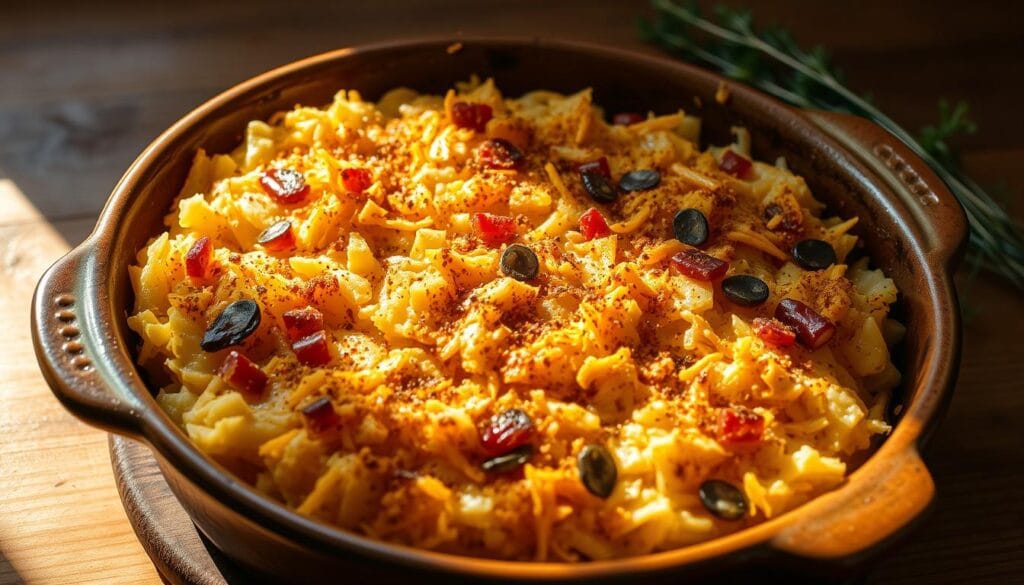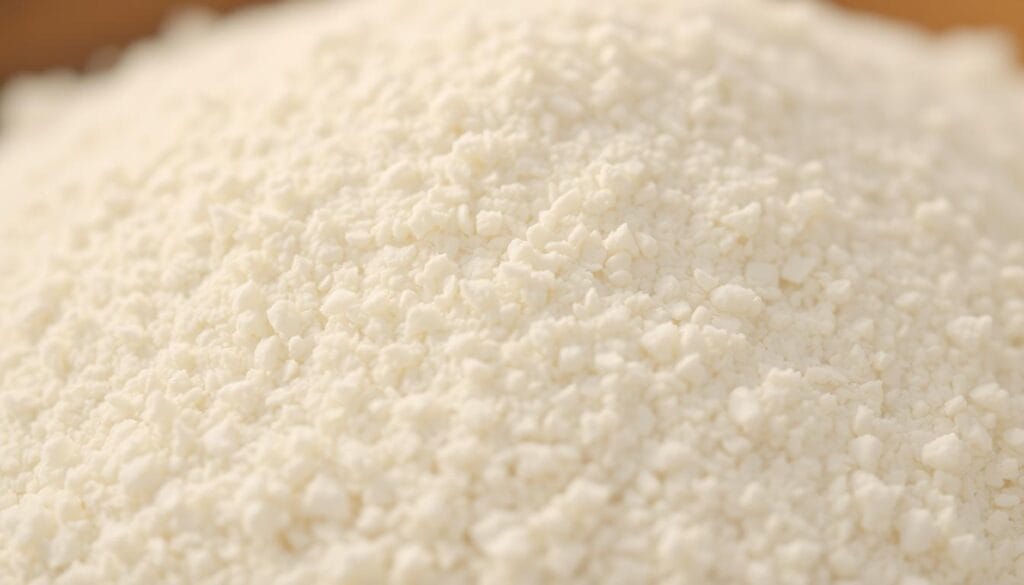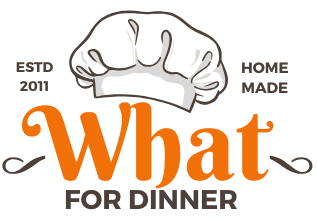Comfort food at its finest – there’s nothing quite like a warm, satisfying potato casserole to bring everyone together. Whether you’re cooking for a family dinner or a special occasion, these comforting dishes are sure to be a hit.
You’ve likely had your fair share of traditional potato casseroles, but have you considered adapting them to be gluten-free? It’s easier than you think, and the result is just as delicious. In this article, we’ll explore three distinct recipes that showcase different approaches to creating creamy, satisfying casseroles without gluten-containing ingredients.
Key Takeaways
- Discover three unique gluten-free potato casserole recipes perfect for comfort food lovers.
- Learn the secrets to making great gluten-free casseroles, from ingredient selection to cooking techniques.
- Explore different approaches to gluten-free cooking, from classic cheesy to healthier hashbrown versions.
- Find essential tips for perfecting your casseroles, including potato selection and gluten-free thickening methods.
- Get make-ahead options to simplify your meal prep and cooking process.
The Comfort of Gluten Free Potato Casseroles
The comfort of a warm, gluten-free potato casserole is undeniable, making it a perfect dish for any occasion. You can enjoy this classic comfort food without worrying about gluten.
Why Potato Casseroles Make Perfect Comfort Food
Potato casseroles are a quintessential comfort food because they’re warm, inviting, and filling. Making sure you have a great recipe on hand can elevate any meal. They combine the simplicity of potatoes with the richness of additional ingredients, creating a dish that’s both satisfying and comforting.
Benefits of Gluten Free Options
Gluten-free potato casseroles offer several benefits, particularly for those with gluten intolerance or sensitivity. Here are some key advantages:
- They allow individuals with celiac disease or gluten sensitivity to enjoy this classic comfort food without adverse reactions.
- Modern gluten-free ingredients have made it possible to create versions that are nearly indistinguishable from their traditional counterparts.
- These adaptations often involve simple substitutions that maintain the original dish’s integrity, ensuring that the flavor and texture remain appealing.
- Gluten-free versions can sometimes improve upon traditional recipes by focusing on natural thickening methods and high-quality ingredients.
- By creating gluten-free options, you can make gatherings more inclusive, allowing everyone to share in the same meal.
Fortunately, making a gluten-free version of this classic dish is fairly straightforward. Just swap flour for gluten-free flour, then use a gluten-free option for the cornflake topping, and you have one crowd-pleasing gluten-free side dish! You can easily adapt a traditional recipe to be gluten-free.
What Makes a Great Gluten Free Potato Casserole
A great gluten-free potato casserole is a symphony of creamy potatoes, rich cheese, and a crispy topping, all coming together in perfect harmony. The key to achieving this harmony lies in the selection of ingredients and the technique used to layer them.
Key Ingredients for Success
The foundation of a great gluten-free potato casserole is, of course, the potatoes. However, it’s the combination of these potatoes with a rich cream sauce and the right cheese that elevates the dish. The use of high-quality ingredients ensures that the final product is not only gluten-free but also packed with flavor.
Texture and Flavor Balance
Achieving a balance between texture and flavor is crucial. The perfect gluten-free potato casserole should have a creamy interior and a crispy topping. As noted, “The softened potatoes and thickened cream sauce are layered in a baking dish with nutty, shredded gruyere cheese then the whole thing is baked until golden brown and bubbly.” This layering technique, combined with the strategic placement of cheese, ensures a delightful contrast in textures and flavors in every bite. The result is a dish that’s both comforting and sophisticated.
Essential Tips for Perfect Gluten Free Potato Casseroles
To achieve the perfect gluten-free potato casserole, several key factors must be considered. You can make a delicious and stress-free casserole by following a few essential tips.
Choosing the Right Potatoes
Selecting the right type of potatoes is crucial. You should choose high-starch potatoes like Russet for a lighter casserole or waxy potatoes like Yukon Gold for a creamier texture.
Gluten Free Thickening Options
For a gluten-free thickening agent, you can use cornstarch, tapioca flour, or potato starch. These options will help you achieve the desired consistency without compromising the gluten-free requirement.
Make-Ahead and Storage Advice
You can prepare the casserole ahead of time. To make ahead, follow the recipe until the baking step, then cover with plastic wrap or foil and refrigerate for up to 2 days or freeze.
When you’re ready to bake, keep in mind that frozen casseroles will need more time in the oven. Proper storage is also important: leftover casseroles can be stored in the refrigerator for 3-4 days and reheated in the oven to restore their original texture.
By following these tips, you’ll be able to create a perfect gluten-free potato casserole that’s sure to please. You can also freeze individual portions for future meals, making it a convenient dish for any occasion.
Classic Cheesy Gluten Free Potato Casserole
This Classic Cheesy Gluten Free Potato Casserole is the perfect side dish for any holiday gathering. It’s a comforting, cheesy dish that’s easy to make cheesy and fun to customize.
Ingredients You’ll Need
To make cheesy this casserole, you’ll need a blend of cheeses, including cheddar and mozzarella. Other essential ingredients include gluten-free flour, gluten-free cornflakes for the cheese top, and of course, potatoes. You can also use gluten-free kettle chips as an alternative for added crunch.
The flexibility of this recipe allows you to adjust ingredients based on your preferences, making it a versatile dish for various occasions.
Step-by-Step Preparation
Start by preheating your oven and preparing the potatoes. Then, mix the cheese sauce ingredients, including the gluten-free flour, and combine it with the cooked potatoes. Transfer the mixture to a baking dish and top with crushed gluten-free cornflakes or chips for a delicious cheese top.
Bake until golden brown and bubbly, ensuring a perfectly cooked casserole that’s sure to be a hit at your next holiday meal.
Serving Suggestions and Variations
This casserole pairs beautifully with main courses like ham, turkey, or roast beef, making it an ideal side dish. For a complete meal, serve alongside a simple green salad or roasted vegetables. You can also customize it with additions like diced ham, bacon, or broccoli for added flavor and nutrition.
Why This Cheesy Potato Casserole Works
Understanding the elements that make this casserole work will help you perfect it. The success of this comforting dish can be broken down into its key components and preparation methods.
The Perfect Cornflake Topping
The cornflake topping adds a delightful crunch to the casserole. It’s a simple yet effective element that enhances the overall texture of the dish. By using cornflakes, you avoid gluten-containing ingredients, making it suitable for gluten-free diets.
Creamy Sauce Without Gluten
The creamy sauce is a crucial component, achieved by using a homemade cream of chicken soup substitute. This approach not only eliminates gluten but also improves the flavor. The combination of butter and gluten-free flour creates a roux that thickens the sauce without compromising its texture. Adding sour cream introduces tanginess and body, enriching the sauce. Properly cooking the sauce before combining it with potatoes ensures it maintains its consistency during baking. As the sauce coats each piece of potato evenly, it creates a cohesive dish rather than separate components. When you apply heat in the pot correctly, the sauce thickens perfectly, and when you add cream, it enhances the overall flavor, making the casserole rich and satisfying.
By focusing on these elements, you can create a cheesy potato casserole that is both gluten-free and delicious, perfect for any occasion.
Healthier Gluten Free Hashbrown Casserole
You don’t have to choose between taste and nutrition with our healthier gluten-free hashbrown casserole recipe. This version maintains the comforting essence of the original while incorporating healthier alternatives that don’t compromise on flavor.
Ingredients for a Lighter Version
To create a healthier hashbrown casserole, you’ll need to make a few strategic ingredient swaps. Using Greek yogurt instead of sour cream increases the protein content while reducing fat. You’ll also be using less butter and a homemade cream of chicken soup base to eliminate preservatives and excess sodium. Other key ingredients include hashbrowns, garlic, and a blend of cheeses.

Preparation Instructions
Start by preheating your oven to 350°F (175°C). Prepare the homemade cream of chicken soup base according to the recipe, and mix it with Greek yogurt, shredded cheese, and sautéed garlic. In a separate bowl, combine the hashbrowns with the creamy mixture and transfer it to a baking dish. Top with additional cheese and a sprinkle of breadcrumbs for a crispy finish. Bake for about 35-40 minutes, or until the top is golden brown and the casserole is heated through.
The nutritional data for this recipe shows a significant reduction in fat compared to traditional versions, with 13g of fat per serving. The dish is also rich in potatoes, providing valuable nutrients like potassium, vitamin C, and fiber.
Nutritional Benefits
This healthier gluten-free hashbrown casserole offers several nutritional benefits. With 12g of protein per serving, it’s a more satisfying option. The use of Greek yogurt and reduced butter content contribute to a lower overall fat content. The dish is also rich in complex carbohydrates from the potatoes, making it a healthier comfort food option. Each serving contains 317 calories, 39g of carbohydrates, and 3g of fiber.
Tips for Customizing Your Hashbrown Casserole
Making your hashbrown casserole unique is simpler than you think. You can transform this comforting dish into a variety of flavors by incorporating different ingredients. Whether you’re looking to make it dairy-free or add some protein, there are numerous ways to customize your casserole.
Dairy-Free Adaptations
For a dairy-free version, you can substitute traditional dairy products with alternatives. Use non-dairy milk and vegan cheese to maintain the creamy texture without the dairy. Be mindful of the fat content in your dairy substitutes to ensure it aligns with your dietary preferences.
| Dairy Product | Dairy-Free Alternative |
|---|---|
| Milk | Almond milk, Soy milk |
| Cheese | Vegan cheese, Nutritional yeast |
| Cream | Coconut cream, Cashew cream |
Adding Proteins and Vegetables
Adding proteins like chicken or vegetables can enhance the flavor and nutritional value of your hashbrown casserole. Pre-cooked proteins such as diced ham or shredded chicken blend seamlessly into the casserole. When adding vegetables, ensure they are cooked to remove excess moisture to prevent a watery final dish. Strategic layering of add-ins ensures even distribution throughout the casserole.
Elegant Gluten Free Scalloped Potatoes
For a sophisticated twist on a classic comfort food, try making Elegant Gluten Free Scalloped Potatoes this holiday season. This dish is perfect for special occasions, offering a rich and creamy experience that’s sure to impress your guests.
Traditional Ingredients List
To make this delightful side dish, you’ll need:
- Thinly sliced potatoes
- A blend of cheeses, including cheddar and Parmesan
- Cream or a dairy-free alternative for a rich sauce
- Seasonings like garlic, salt, and pepper
Cooking Method and Instructions
Preheat your oven to 375°F (190°C). Layer the sliced potatoes in a baking dish with the cheese sauce, finishing with a layer of cheese on top. Bake for about 45 minutes, or until the potatoes are tender and the top is golden brown. For the best results, let the dish rest for 15-20 minutes before serving.
Serving and Pairing Suggestions
These Elegant Gluten Free Scalloped Potatoes pair beautifully with roasted meats like beef tenderloin or rack of lamb, making them a great holiday side dish. For a well-rounded meal, consider adding a simple green vegetable like asparagus. When it comes to wine pairing, a medium-bodied white wine such as Chardonnay complements the dish nicely.
The Secret to Creamy Scalloped Potatoes Without Flour
The secret to making rich and creamy scalloped potatoes lies in understanding the role of key ingredients. To achieve a smooth, velvety texture without using flour, you need to focus on the natural properties of your ingredients and how they interact.
Using Potato Starch Naturally
Potatoes contain natural starch, which can be utilized to thicken the sauce in scalloped potatoes. By using the right type of potatoes, such as Yukon Gold, you can harness this starch to create a creamy texture. Thinly slicing the potatoes and soaking them in cold water to remove excess starch before baking can help achieve the desired consistency.

Cheese Selection for Best Results
The choice of cheese plays a crucial role in the creaminess of scalloped potatoes. Gruyere cheese is an excellent option due to its perfect balance of meltability and flavor complexity. The nutty notes in Gruyere complement the natural sweetness of Yukon Gold potatoes beautifully. If Gruyere is not available, alternatives like fontina for creaminess, white cheddar for sharpness, or Gouda for smokiness can be used. Using freshly grated cheese rather than pre-shredded ensures better melting and prevents graininess. A combination of cheeses can create more complex flavor profiles while maintaining the desired creamy texture.
Troubleshooting Common Gluten Free Potato Casserole Issues
Creating the perfect gluten-free potato casserole can be challenging, but knowing how to troubleshoot common issues can help. Whether you’re dealing with a dry or soupy casserole, or texture problems, there are several strategies you can employ to achieve a delicious result.
Preventing Dry or Soupy Casseroles
One of the most common issues with gluten-free potato casseroles is achieving the right consistency. To prevent a dry casserole, ensure you’re not overbaking. On the other hand, if your casserole is too soupy, it might be due to insufficient thickening. Choosing the right potato variety, like Yukon Golds, can help. They hold their shape well and provide a silky texture once baked.
- Uniform slicing ensures even cooking throughout the casserole.
- Covering the dish with foil can help potatoes cook through without over-browning the top.
Fixing Texture Problems
Texture issues can arise from several factors, including the type of potatoes used and how they’re sliced. For a grainy cheese sauce, use freshly grated cheese and add it off the heat to prevent the proteins from separating. If the top becomes too dark before the casserole is done, cover it with foil to protect it.
Occasions Perfect for Serving Gluten Free Potato Casseroles
Whether you’re hosting a big gathering or a small family dinner, gluten-free potato casseroles are a great choice. They offer flexibility and convenience, making them ideal for various occasions.
Holiday Gatherings and Family Meals
Gluten-free potato casseroles are perfect for holiday gatherings and family meals. You can prepare them ahead of time, which reduces stress during busy holiday seasons. Simply follow the recipe up until baking, then refrigerate or freeze until you’re ready to bake.
Potlucks and Make-Ahead Options
These casseroles are also great for potlucks. They travel well and can be made ahead, allowing you to focus on other dishes. You can refrigerate them for up to two days or freeze for longer storage. Some benefits include:
- Potato casseroles that arrive hot and ready to serve at potlucks.
- Ease of preparation in advance, ideal for busy hosts.
- Flexibility in storage, either refrigerating or freezing.
Conclusion
By embracing the simplicity of potatoes and quality ingredients, you can create exceptional gluten-free casseroles. These three casserole recipes offer delicious options for anyone seeking comfort food without gluten. From classic cheesy to healthier hashbrown and elegant scalloped potatoes, there’s a recipe for every occasion. The techniques shared demonstrate that gluten-free cooking doesn’t require sacrifice. By understanding the natural properties of ingredients, you can create a dish that everyone will enjoy, regardless of dietary restrictions.

I don’t think the title of your article matches the content lol. Just kidding, mainly because I had some doubts after reading the article.